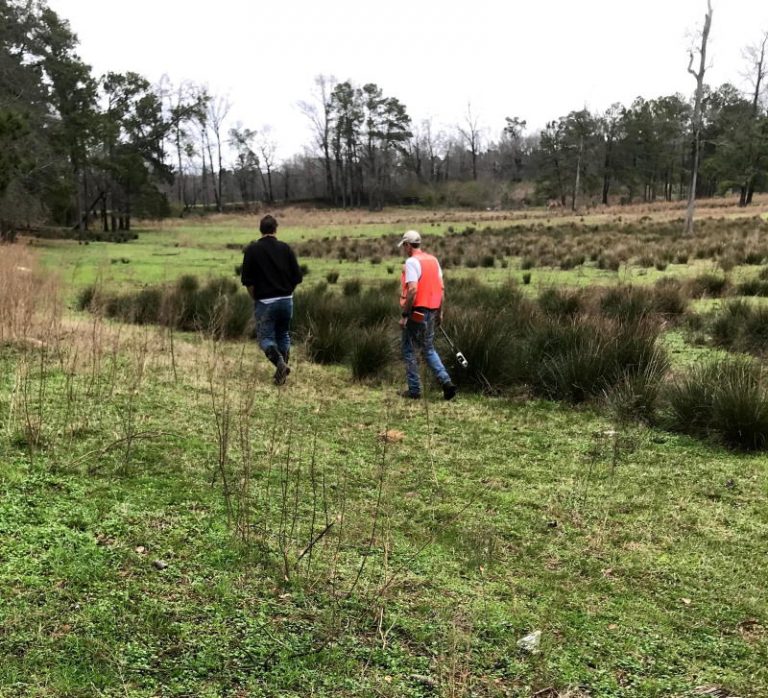All across the United States, many designated departments are concerned with wetland determination and delineation. The primary responsibility of these authorities is to identify different wetlands in and around their region and avail the landowners with appropriate supplements for their wetlands.
In spite of wetlands being so prevalent across the United States, most people are still unaware of what it is all about. Therefore, here in this post, we will walk you through what wetlands are with a primary focus on determining the differences between wetland determination and wetland delineation.
What Are Wetlands?
The term wetland can mean different things to different people, but that does not mean one should not understand the technical definition. So basically, wetlands are defined as places that are inadequate or saturated by the ground or surface water at a frequency and duration enough to support vegetation under normal circumstances. By vegetation here, it typically means that any type of plant life is adapted and survives in these saturated soils.
The soils found in a wetland are generally classified as alluvial or hydric soil or any other types of soil that possess different characteristics that can be associated with degrading soil quality. The common vegetation found in these lands includes facultative or obligate hydrophytic macrophytes that are evolutionarily adapted to survive and even thrive in these low-quality types of soils.
What Is Wetland Determination?
Wetlands in the United States are defined under different legislations in different states. However, the most prevalent of determining these types of lands is where experts are acquainted with the methodologies used to determine if an area contains wetlands based on the types of flora that grow in and around that area.
Apart from that, any sort of hydric indicators in the soil or any evidence of hydrology can also be used to determine if an area should be considered as a wetland or not. Any areas that are flooded frequently or feature a depression, as seen in ponds or mucks, can indicate areas of wetland formation.
What Is Wetland Delineation?
Water delineation is not any piece of land. Still, it is more of a process where individuals with appropriate skills and knowledge of important characteristics of plants and soil of a wetland. Experts leverage this process to determine the parts of the landscape that are wetlands and the appropriate ways to differentiate their boundaries. Numerous protocols are involved and used by the experts to determine areas equipped with the ideal combination of wetland hydrology, wetland flora, and hydric soils to consider them as wetlands under the jurisdiction.
Does Wetland Delineation Expire?
In general, any sort of wetland delineation that has surpassed five years has to be revisited for evaluation. The reason behind this is that the landscape of wetlands can change significantly in five years as new plant species and hydrology work together to alter the landscape. This process is just used to determine the accuracy of the delineation.

